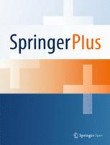A C-band broadband ortho-mode transducer for radioastronomy polarimetry
We describe the design, the construction and performance of a narrow band ortho-mode transducer, currently used in the 5 GHz polarimetric receiver of the Galactic Emission Mapping project.
